
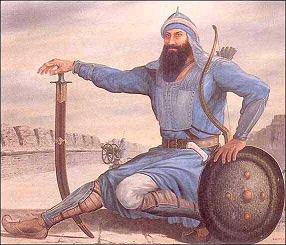
The Early Life
He was born in October 1670 in a Rajput family doing farming in village Rajouri, district Punch, State of Kashmir. He was named Lachman Dev. As a child he was very fond of horse riding, martial art, hunting and was expert in use of bow and arrow and other weapons used in wars at that time.
At the age of 15 years while hunting a she-deer and tearing the belly of the deer, he saw twin unborn off springs writhing in pain and dying in front of his eyes. He was so much moved of this happening that he left hunting and became an ascetic. His father was a kind religious person and used to give free food and shelter to the visiting saints, sadhus and holy persons. Lachman Dev's attention turned towards them.
He became follower of Sadhu Ram Daas of Ram Thamman near Lahore (now in Pakistan). After some time he followed Janaki Daas. His name was changed to Madho Daas. While moving from place to place, he reached Punchvati near Nasik in Maharashtra and became follower Sadhu Aughhar Nath. Madho Daas served Aughhar Nath with full devotion for 5 years. Aughhar Nath pleased with his services, bestowed him with all his virtues, occult powers and even his own created holy book. Aughhar Nath expired in 1691. Thus at the age of 21 years, Madho Daas, the Rajput youth attained miraculous powers and reached Nander to set up his own Ashram.
Thus living at Nander since the last 16 years, in the year 1708, a the age of 38 years, Madho Daas with lot of miraculous powers and fame was a master of a big Ashram and was very proud of his wisdom, meditation, occult powers and fame. He started insulting, putting down all saints, sadhus, intellectuals, faquirs etc. who so ever came to his Dera.
The Prevailing Circumstances in 1704
Guru Gobind Singh Ji left Anandpur Sahib in Dec 1704 along with his family and the Sikhs in the most compelling and incomparable circumstances. The 10 lakh forces of Mugal and their aiding Pahari Kings had assured the Guru that no one will be harmed when he left Anand Pur, but had attacked him from all sides and on one side the river Sarsa was in spate. Even though Guru Gobind Singh Ji lost his four sons and unlimited Sikhs, he was still in high spirits and took all this as Will of God. His determination - never to compromise with the circumstances - but stand erect like a rock while doing his duty towards mankind was unshrinkable. While moving from North of Punjab towards South of Punjab he sent "Zaffar Nama" a letter of victory to Aurangzeb, the king of India through Bhai Daya Singh. This made Aurangzeb to repent for his sins. This is clear from his last letter to his son Kaam Bakash. It stated- "I came alone in this world but without blemish. Now I am going with full of sins. I do not know about myself what will happen to me-my soul. I am full of evil deeds. When arrested in the court of God, I do not know what punishment I will meet." These lasting words of Aurangzeb had been engraved on his grave at his Makbra in Aurangabad.
Aurangzeb died in 1707 AD. An in-fight for the throne occurred in between his sons. His eldest son Bahadar Shah sought Guru's help. Bagadar Shah was a Shia Muslim. He promised Guru Gobind Singh Ji to hand over all who committed atrocities and were guilty. With the help of Guru, he became the next king of Hindustan in 1707. Even after that atrocities were going on in Punjab unabated and Bahadar Shah failed to fulfill his promises to the Guru perhaps for fears of unrest among the Muslim masses.
In South, people revolted against Bahadar Shah. The king requested the Guru to accompany him. While reaching at Agra from Delhi Guru Gobind Singh Ji became clear of the intentions of Bahadar Shah and separated his caravan from that of Bahadar Shah, but kept on moving towards South. The movement was perhaps his foresightedness and farsightedness.
Banda Singh coming in the fold of Guru Gobind Singh Ji
While moving towards South at Jai pur, a Mahant Jait Ram came to pay his respect to the Guru. Guru Sahib asked him to suggest for some good and holy persons. Mahant Jait Ram suggested some names and advised not to go to Madho Daas Bairagi, as he was very egoistic and insulted one and all. Instead, the Guru decided to face Madho Daas first of all rather than anybody else.
In September 1708 Guru Gobind Singh Ji along with few Sikhs reached at the Ashram of Madho Daas Bairagi, At that time he was not in his dera . The Guru took his seat and the Sikhs spread all over the Dera to arrange and cook food. Followers of Madho Daas ran and informed him of all about the happenings. Madho Daas used all his occult powers to insult, harass and let-down the Guru but failed in all his efforts. Full of rage, he came running to the Dera and shouted at the Guru " Who are you, and how come you have entered my Ashram? The Guru very calmly replied " You have all the power, you should know."
He said that he knew nothing about him. The Guru asked him to be calm and think it over. After some time, he said" Is it that you are Guru Gobind Singh?" The Guru replied : "Yes I am, now tell me, who are you?" His hands were folded and he said to the Guru" I am your Banda (slave)." Banda also means a good human being. The Guru said" If you are my Banda, then work as a Banda ( a good human being). He assured Guru Sahib to do as per his advice.
With these words Madho Daas was at the feet of Guru sahib. The Guru stayed in his Dera for a few days. He was given Amrit ( baptized the Sikh way) and named Gur Bakhash Singh but remained famous with the name of Banda Singh Bahadur. It was not less than a miracle and was the magnetic like personality of Guru Gobind Singh Ji at his 42 years of age that a 38 year old Rajput, at a place far away from his native, now a mystic, celibate, vegetarian, having occult powers, master of a big Ashram but very haughty and proud was turned into a devoted and disciplined soldier and made an army general by the Guru, who fell on the cruel rulers of Punjab like a storm and cloud burst.
Banda Singh's March towards Punjab
In Oct. 1708, at Nander, Guru Gobind Singh Ji sent Banda Singh to Punjab and advised him to:
1. Put a stop to the cruelty of Punjab rulers.
2. Punish the guilty and cruel misrulers.
3. To fight for human rights, uplift and strengthen the poor, the low and slave like people who could not even imagine freedom.
The Guru blessed him with:
1. Guru's order to Sikh Sangats.
2. Five arrows.
3. A double Edged sword (Khanda).
4. A big leather mounted drum (Nagaara).
He sent with him five Sikhs for counseling:
1. Bhai Daya Singh
2. Bhai Binod Singh
3. Bhai Kahan Singh
4. Bhai Bijay Singh
5. Bhai Ran Singh
Another 25 Singh's as companions and fighters.
In the times of Sikh Gurus, wars were defensive. Generally they fought when war was thrust upon them. Though at two occasions Baba Ajit Singh, the eldest son of Guru Gobind Singh Ji was advised by the Guru to go and help the poor Brahmins who's newly married daughter-in-law was taken away by the local Mugal chieftains that Baba Ajit Singh along with few Sikhs were offensive.
The 6th Guru, Guru Har Gobind fought 4 wars with the Mugal Chieftains and won in all. His war strategy was to challenge the Generals and fight with them and avoid bloodshed of masses even then numbers of brave Sikhs and Mugal soldiers were killed because no General wanted to face the Guru alone.
The 10 th Guru, Guru Gobind Singh Ji faced about 16 wars in a period of about 25 years. Whole family of Guru Gobind Singh, thousands of Sikhs, devoted muslims - the name of Peer Budhu Shah of Sadhoura (a town in Punjab) is worth mentioning, his 2 sons, nephews and many of his followers - sacrificed their lives while fighting the Mugal soldiers. In a later period the Nawab of Sadhoura, Usmaan Khan, the Mugal ruler, killed Peer Budhu Shah and cut his body into pieces and threw them in different parts of Sadhoura, punishing him for having served Guru Gobind Singh.
For such reasons it was imperative for Banda Singh Bahadur to be offensive and punish the guilty. The Nawab of Sarhind, Wazir Khan, the murderer of 2 younger sons of Guru Gobind Singh Ji was feeling relieved knowing that Guru Gobind Singh Ji had departed towards South but had constant fear that Sikhs won't let him live. He had prepared and sent two Pathan spies to chase and murder the Guru. At Nander one day they succeeded in stabbing Guru Gobind Singh Ji when he was resting, even though both of them lost their lives. The wounds of the Guru were operated and stitched. After about one and a half month, the injuries became the cause of Guru's passing away. But before this the Guru had already created Khalsa, prepared Banda Singh Bahadur and sent him to Punjab.
It was first time in The Sikh history that Sikhs were attackers and offensives but their aim was same as earlier. Banda Singh was on the way to Punjab, when Guru Gobind Singh Ji after giving Guruship to the everlasting Shabad Guru - Guru Granth Sahib, had left this world. After reaching Punjab, Banda Singh sent Guru's message to the Sikhs all over Punjab, Kashmir and Afghanistan. Memories of unlimited sacrifices of Gurus, their families, Sikhs and their sufferings at the hands of oppressors were fresh in the Sikh masses. News of passing away of their dear Guru, Guru Gobind Singh Ji added fuel to the fire for fighting the Mugal rulers and making sacrifices. Listening to the call of Banda Singh at the behest of Guru, Sikhs started joining Banda Singh. In a short period Banda Singh had 4000 horse rider and 7800 artillery Sikhs with him. After some more time the strength of 40,000 warriors was at his command.
His army was constituted by four type of people:
1. The true followers all over from Punjab, Kabul, Kandhar, Multan and Kashmir.
2. God fearing Muslims, who had been always with the Guru in most of the fights.
3. Poor, down-trodden and low caste who had always been subjected to torture.
4. Some unknown selfish bad elements with the intention of loots.
To meet financial needs, Banda Singh made fervent appeals to big business men of that time. After meeting the basic requirements, in Feb. 1709 he started attacking various towns and conquered various areas of Punjab such as Samaana, Sonepat, Kenthal, Ghurham, Thaskaa, Shahbaad, Kapoori, Sadhoura etc. Usmaan Khan, the murderer of Peer Bhudu Shah was killed by Banda singh's army. At Usmaan Khan's death, even the people of Sadhoura felt relief and were grateful to the Sikh army. Malerkotla was won without any resistance, because it was the Nawab of Malerkotla, who had fervently appealed against the killing of Guru's two younger sons. In the meantime another group of Sikhs from Majha (Central Punjab) attacked Ropar and other nearby areas and joined with the forces of Banda Singh.
Now main aim for the Sikhs was Sarhind and its Nawab Wazir Khan. This war took place in May 1710 at the field of "Chhappar Chiri" 15 miles away from Sarhind. Wazir Hkan lost his life. The Mugal army ran away from the field. The Sikhs entered the city of Sarhind. Most of the high officials and administrators were killed. Their buildings were destroyed and looted. Even in war, Banda Bahadur had instructed not to harm any Mosque, Madrassa and Makbras (Graves). Irrespective of their religion, the old, women and children were protected from any harm. Sheikh Ahmed Sirhindi was the main conspirator for the death of Guru Arjan dev ji. Even his grave was not destroyed. All attempts were made to avoid to give any religious colour to these wars. As and when an area was conquered Banda Singh appointed one of his trusted lieutenants to govern these places and who in turn appointed other local people for administration.
Keeping continuous the wave of attacks on other areas, in 1710 itself he took over other Northeren Areas in between rivers of Jamuna and Ganga such as Saharan Pur, Shamli, Muzzafar Nagar etc. Banda Singh established his capital at Mukhlis Garh, a place situated in the base of hills and away from the main highway and central areas from security point of view. He repaired the fort of Mukhlis Garh and renamed it as Loh Garh. He even started a mint to make coins and stamps in the name of Guru Nanak and Guru Gobind Singh Ji and established Khalsa Kingdom.
Seeing such a rise of Banda Singh, The Mugal Emperor at Delhi, Bahadur Shah became nervous and furious. He could least think of such a situation. To take back his lost areas, he started chasing Banda Singh with all his forces. Viewing the situation, Banda Singh and his forces returned to the fort of Loh Garh in Dec 1710. The Mugal forces surrounded the fort and cut off all supplies. In one of pitch dark nights, Banda Singh and his men forced their way through the Mugal army and moved towards upper hill areas. Punishing various kings of hills who were part of the Mugal forces against Guru Gobind Singh, he moved towards Jammu.
Bahadar Shah reached Lahore in Aug.1711. His attempts to kill or capture Banda Singh were on. In Feb 1712 Bahadur Shah died out of illness. For one year there was fight for the Throne of Delhi among his sons. To take gain of the situation Banda Singh collected his forces and again conquered Batala , Kalanaour, Sarhind, Muzaffar Nagar and other areas in 1712 and ruled till 1715. In Delhi, Farukh Seyer son of Azimu-Shaan became king of Hindustan in Feb 1713.
It was for the first time that Banda Singh broke the believe of Mugals that they could not be conquered by any one. He established a democratic rule. The poor and down trodden got a sense if living with dignity. Those who tilled the land became its owners. He had power of devils but heart of saints. He protected the poor and low, did not harm those who surrendered. Clear example is the army of Afgan fighters who did not want to fight Banda Singh and accepted his leadership.
Arrest and sacrifices of Banda Singh and his men
In April 1715, Farakh Seyer the King of Hindustan, ordered all the governors of North India that Banda Singh either be killed or arrested. He taunted the Governer of Lahore, Abdu-Samad for his inability and sent his own forces for his help. Banda Singh and his forces were at Gurdaas Pur. He occupied a kachhi Garhi (a dilapidated four walled area) of Duni Chand at Gurdas Nangal. The Mugal forces dared not even to attack this Kachhi Garhi and surrounded it for 8 months. Banda Singh had very little army with him and had very limited quantity of weapons and food. The Mugals had cut off all the supplies from outside. Baba Binod Singh wanted to run away from the Garhi as was done in Dec 1710 while leaving the fort of Loh Garh. Banda Singh's strategy was different. He did not want to leave the Garhi. Banda Singh's strategy was different. He did not want to leave the Garhi but said that those who wanted to leave him could go. At an appropriate night Baba Binod Singh and his men left the Garhi. This left Banda Singh and about 800 of his men in the Garhi.
Day by day conditions worsened in the Garhi. No food was left, grass, leaves of plants and trees were boiled and eaten. Even balk of trees was eaten. One cannot imagine the misery they faced. Not even wood was left for cooking. History was being created, but there was no one to write. They were completely cut off from the outside world.
Number of Banda Singh's men fell ill and had bad stomach. After surrounding for 8 months, the Mugal army with swords in their hands charged the fort. Even at this stage the Sikhs offered heavy resistance. It is said Banda Singh alone had killed about 50 to 60 soldiers of the Mugal army before he could be captured.
Hazi Karam-war Khan writes in his book 'Tazkiratu-Sulatin Chugtian' that arrest of Banda Singh and his men was not the result of wisdom or bravery of the rulers, but it was the Grace of God that Kafir (Non Muslim) Banda Singh and his men were weakened by hunger.
The Nawab was surprised at the wealth- Banda Singh had and the determination with which they were fighting. Hardly rupees 600 and 23 gold coins and a few weapons were found with them. The Mugal soldiers thought that the Sikhs had swallowed gold coins, in fact few of the Sikhs were killed, their stomachs torn open, but nothing was found. Thus Banda Singh with about 800 Sikhs was captured in Dec. 1715. They were taken to Lahore in the form of a procession. Farukh-Seyer, the king at Delhi, wanted them at Delhi. Abdu-Samad, the governor of Lahore, wanted himself to go to Delhi to present this big catch and take all the credit, but Farakh-Seyer ordered him to stay back and send his son Zakria Khan.
The Nawab and his son thought that this was too small a 'gift' -Banda Singh, 200 heads on spears and 700 prisoners. So they ordered the local chieftains to behead the Sikhs wherever found and present their heads to the Nawab. Thus thousands of Sikhs were murdered.
Banda Singh was clothed with clothes of a joker with a cap on head, was firmly chained, put in an iron cage. The cage was tied on top of an elephant. On both sides of the cage two Mugfal soldiers were seated with unsheathed swords, lest Banda Singh may still free himself and try to run away. About 760 prisoners were forced to wear coats of goat skins and caps of different colours. They were tied with chains and shackles and were seated on unsaddled camels - two on one with back to back.
Thus the procession consisted of:
1. Banda Singh on an elephant in an iron cage in the fore-front.
2. 760 prisoners in chains on camels.
3. About seven hundreds of Mugal soldiers on horses with heads of Sikhs on their spears.
4. About 700 hundred carts, loads with severed heads of Sikhs.
5. A dead cat on a spear indicating not even a trace of a Sikh is left.
This procession was brought to Delhi in Feb.1716.Thousands of men and women were on streets to witness this horrible procession. People of all faiths, even Christians were witness to this. Among the captured Sikhs not even a single Sikh was sad, disappointed or ready to ask for mercy. Accepting it as the Will of God they were happily singing Gurbani.
Leaving Banda Singh and a few of his companions for interrogation, others about 700 were beheaded in front of Delhi Gate at Khuni Darwaja. This execution went on for 7 days daily at the rate of 100 executions per day in the open and publically. This slaughtering was carried over in March 1716.
Banda Singh and his remaining men were interrogated for 3 months to find out about their war strategies, wealth and ammunition. He had, in fact, never buried any wealth or currency. Whatever he got he used to distribute among his soldiers and needy. His weapons were only swords, spears, bows, arrows, daggers etc. His army was on foot and horses. He had no elephants or cannons or any other sophisticated weapens.
At last in June 1716, Banda Singh and his 26 companions were moved in the streets of old Delhi in the form of a procession and then taken to the Makbra (Grave) of Khawaza Kutub-ud-deen Bakhitiyar Kaki near Kutub Minar. 26 Sikhs were beheaded in the presence of Banda Singh, hoping that he may still ask for mercy. Now it was the turn of Banda Singh. He was asked to accept Islam or face death. He accepted death.
Execution of Banda Singh Bahadar
Banda Singh's 4 years old son was seated on his lap. A dagger was given to Banda Singh and ordered to cut his own son. He refused. The executioner pierced the chest of his son, took out the violently vibrating heart and tried to push into the mouth of Banda Singh. Though shackled, Banda Singh refused furiously. After this his flesh was notched out with pliers, hot sharp rods were inserted into his flesh. His eyes were notched out, hands and feet were chopped off. Thus when he became unconscious, his head was chopped off. This black day of the rulers was on 9th June 1716.
Whosoever, a Muslim, Hindu or Christian, saw this felt that the souls of those, who sacrificed their lives had miraculous powers that did not allow them to accept defeat. It was a strange incidence in the life of Banda Singh that when at the age of 15 years he saw dying two infants of a deer, which altogether changed his life and now at the age of 46, the beating heart of his own son was being pushed into his own mouth.
The English historian Conningham wrote that it was inhumane, unsocial and forest ruled activity of the victorious Mugals for having treated the Sikhs in such ill manners. Such dreadful were the scenes, perhaps no body except those who saw could believe.
Farakh-Seyer, who tortured and killed Banda Singh and his men in June 1716, met with the same fate just after three years at the hands of his own men. There was a revolt against him. He hid himself in the dark rooms of Red Fort. He was chased, and his eyes similarly notched off. And then killed.
Banda Singh Bahadur ruled only for 6 to 7 years. This broke the yoke of 700 years rule of the invading forces from the Arab countries. Their myth of power was broken by him. The sacrifices of Banda Singh and his men did not discourage the Sikhs but prepared them for the worst future fights. Passing through very difficult times for the next 40 years, the Sikhs ruled at Lahore under the leadership of Nawab Kapoor Singh and then by Jassa Singh Ahluwalia in 1756. Later on they ruled all over Punjab in the form of 12 Sikh Misels (groups) under different names. This ultimately led to establish Khalsa Raj under Maharaja Ranjit Singh in 1799 AD.


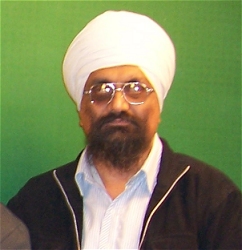
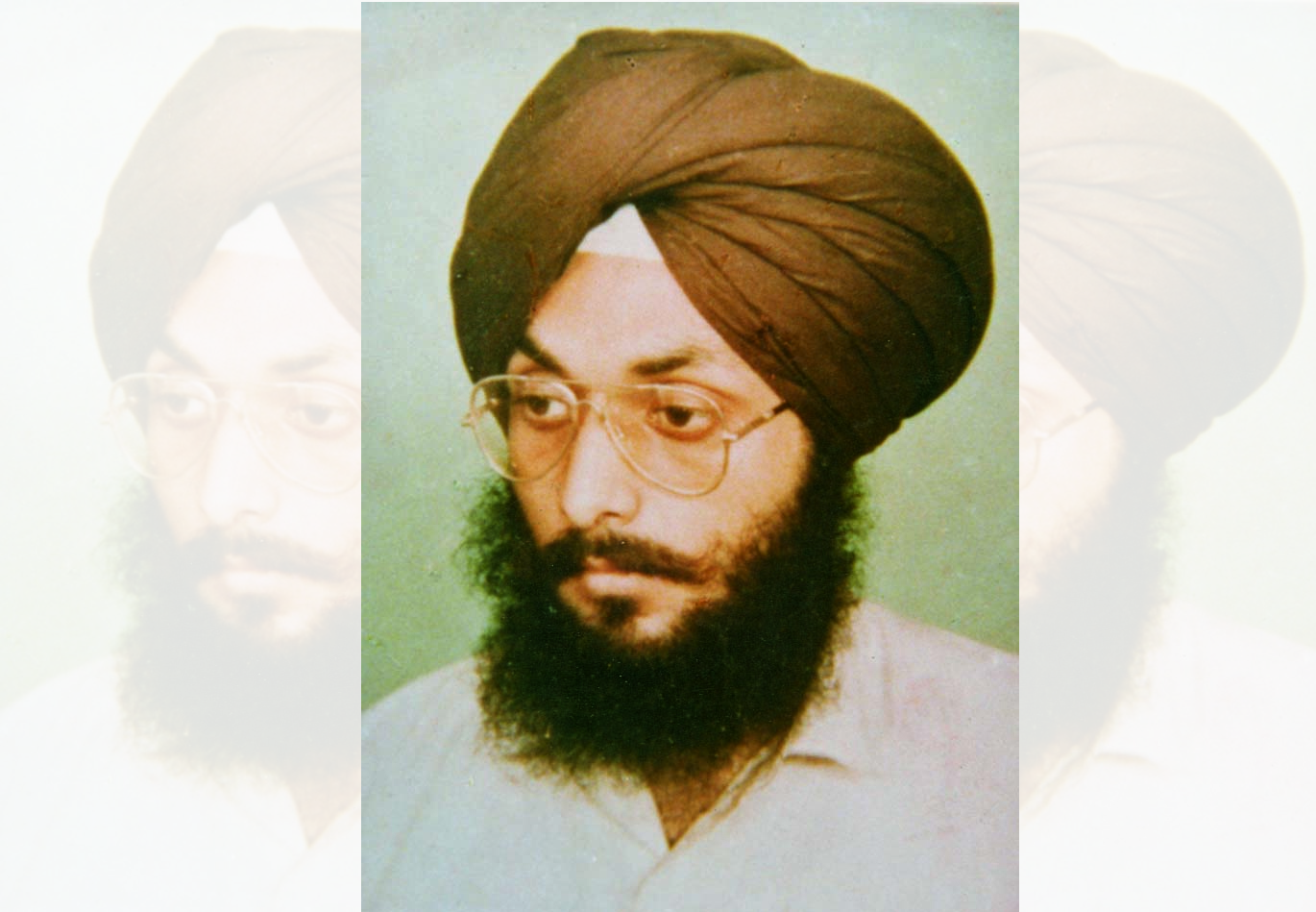

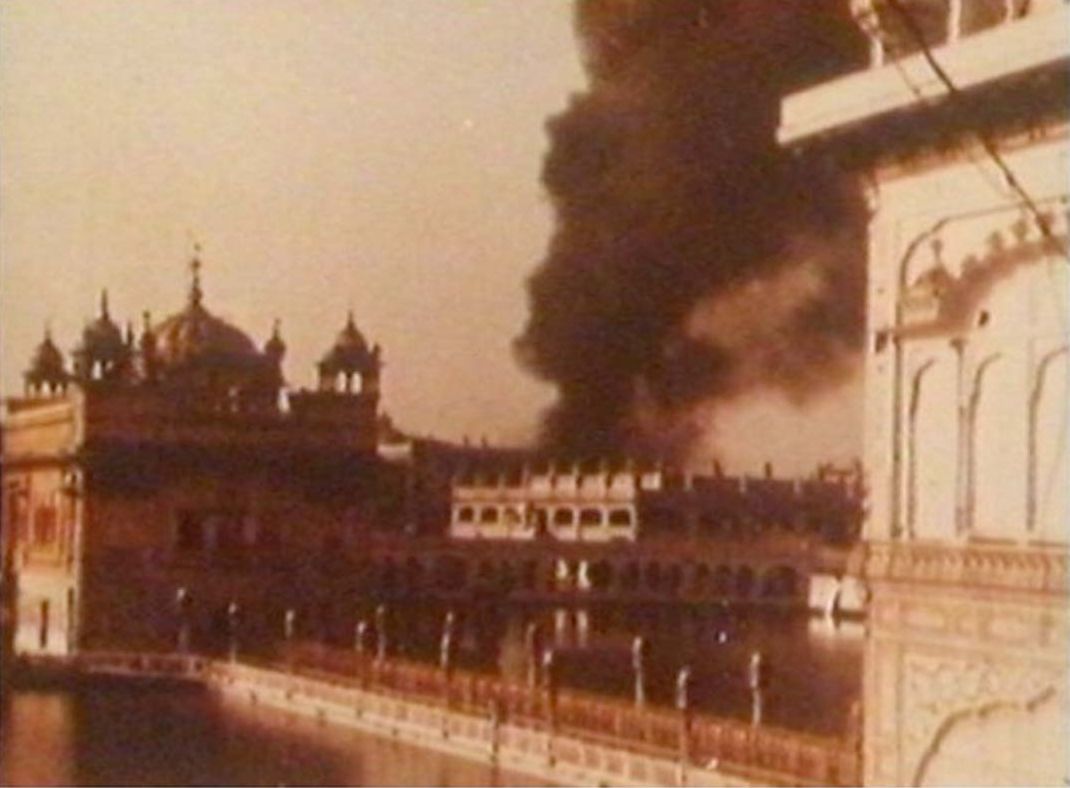
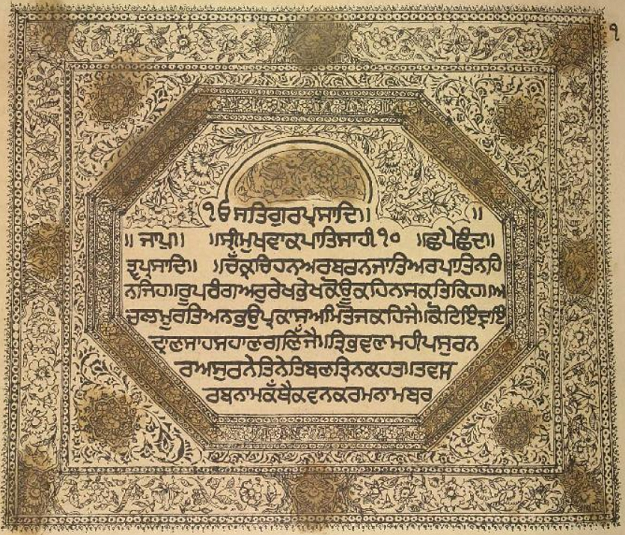
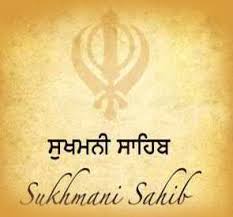
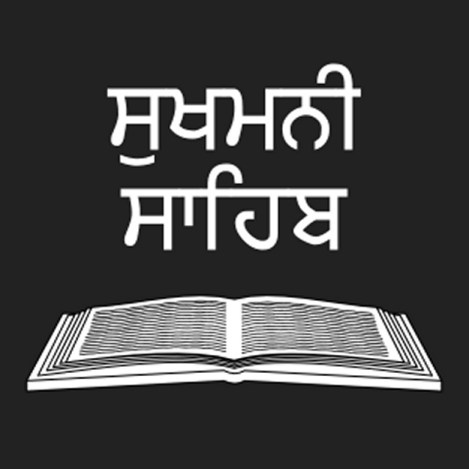
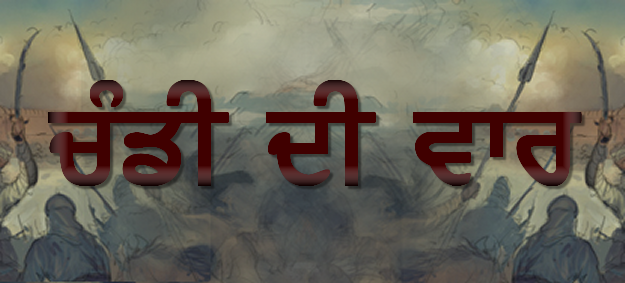
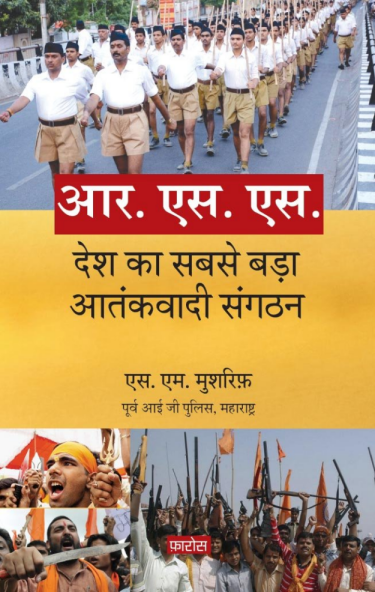
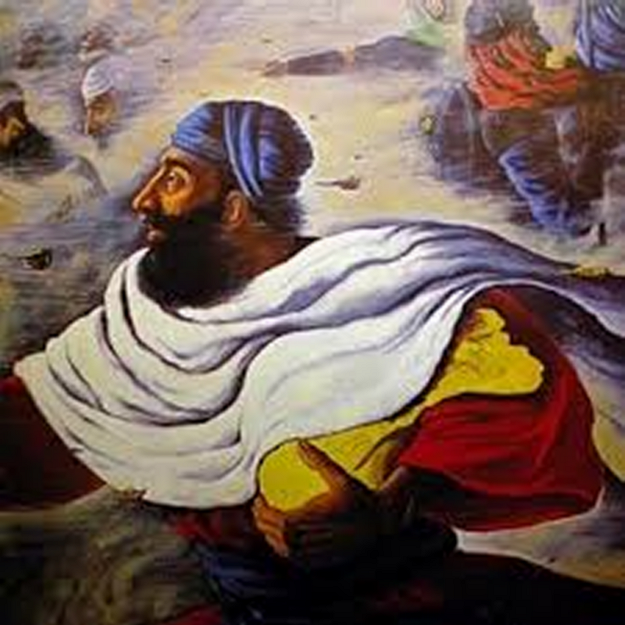
WAHEGURUJI KA KHALSA WAHEGURUJI KI FATEH.
FIRST OF ALL IT WAS HIGH TIME THAT SOME RESPECT WAS DUE TO THE 'GREATEST GENERAL' IN SIKH HISTORY.
LOOK AT HISTORY AND SEE FOR YOURSELF AT ALL THE GENERALS OF THE WORLD. THEY PLUNDERED AND LOOTED SO THAT THE WORLD COULD KNOW THEIR MIGHT.
THE MOGHULS DID NOT CARE ABOUT ANYBODY, THEIR MAIN MOTIVE WAS TO ESTABLISH A MUSLIM COUNTRY, NO MATTER WHAT IT TOOK. ON THE OTHER HAND LOOK AT BABA BANDA SINGH BAHADUR JI, FROM WHERE HIS LIFE BEGAN AND WHERE IT ENDED.FROM THE TIME HIM SEEING 2 DEER INFANTS DYING IN THE DEERS BELLY, THAT HE HAD KILLED AND WAS CUTTIN TO EAT IT. AND LATER AS MENTIONED ABOVE HIS OWN CHILD'S BEATING HEART STUFFED IN HIS MOUTH, MUST HAVE REMINDED HIM OF WHAT HE DID TO THE DEER INFANTS WRITHING IN PAIN IN THEIR MOTHER'S BELLY WHOM HE HAD KILLED. BUT THEN ALSO LOOK AT THE FACT THAT BABAJI TOOK IT AS HIS BELOVED 'MITTAR'S' COMMAND AND WITHOUT FLINCHING, BABAJI AND HIS SIKHS ACCEPTED EVERYTHING SO SWEETLY.
SUCH IS THE KHALSA OF GURU GOBIND SINGH JI MAHARAJ. THIS IS ALL TO EDUCATE US WHAT THE GURU'S KHALSA WERE. IF BABAJI WANTED HE COULD HAVE SQUASHED EVERY ENEMY SOLDIER, BUT LIKE OUR BELOVED GURUS BEFORE HE DID NOT. HE LIKE OUR GURUS HAVE SHOWED US THAT THEY ALL HAD THE POWER TO DESTROY BUT ONLY IF WAHEGURUJI TOLD THEM TOO.
SUCH WAS THE GREAT BABA BANDA SINGH JI, A TRUE ' SANT SIPAHI '. SALUTATIONS TO ALL WHO DIED IN THE NAME OF THE PANTH, SALUTATIONS TO BABA BANDA SINGH BAHADUR JI WHO WENT ACCORDING TO WAHEGURUJI'S WILL AND SHOWED THE WHOLE UNIVERSE WHAT GURU GOBIND SINGH JI MAHARAJ'S KHALSA PANTH IS, THE ONLY SOLDIERS WHO WERE SAINTS FIRST. AKAAL SAHAI BABAJI AND ALL OUR SHAHEEDS.
WAHEGURUJI KA KHALSA WAHEGURUJI KI FATEH.
Wahiguru Ji Ka Khalsa Wahiguru Ji Ki Fateh
In order to 'snatch' the Sikh Hero from Sikhs, Balbir Punj used term Bairagi and Veer with the name of Baba Banda Singh Bahadur. That too in presence of High ranking guys of SGPC, at Fatehgarh Sahib. Either such idiots not be invited in Sikh events or should be snubbed there and then.
DEAR MR.VD SINGH, WAHEGURUJI KA KHALSA WAHEGURUJI KI FATEH.
DON'T MIND ME SAYING THIS BUT IT LOOKS AS IF YOU DO NOT TAKE ACTIVE PART IN PANTHIC ISSUES. FIRST LET ME MAKE IT CLEAR TO EVERYBODY THAT IN THE PRESENCE OF WAHEGURUJI, WHO IS OMNIPRESENT, MAY I BE SMITTEN BY WAHEGURUJI'S WRATH IF I AM LYING. HEAR IT AND HEAR IT ONCE AND TELL ALL YOU CAN TELL TO. "THESE PEOPLE ARE NOT SIKHS", BUT ANTI PANTHIC DEMONS. I HAVE SEEN WITH MY OWN EYES WHAT THESE DEMONS DO.
THEY ABUSE IN FRONT OF GURUGRANTH SAHIB JI MAHARAJ, AND DO STUFF THAT I CAN'T WRITE ABOUT. IF THIS IS NOT A DEMONIC ACTON THEN WHAT IS. LET ALONE THEM BEING A SIKH,, IF THEY CALL THEMSELVES HUMANS, THAT TOO IS AN HONOURABLE WORD TO BE USED FOR THEM.THEY ARE HARAMKHORS WHO HAVE SOLD SIKHI FOR THEIR OWN PLEASURE.
ALL THESE COMMITIES ARE NOTHING BUT THUGS OF THE HIGHEST DEGREE. I WAS AT BABA BANDA SINGH JI'S SHAHEEDI STHAN WHEN I SAW HARAMI "SARNA'S" SERVANTS SITTING IN FRONT OF GURU GRANTH SAHIB JI MAHARAJ AND USING ABUSIVE LANGUAGE. I TOLD THEM TO KEEP QUIET AND NOT USE THIS LANGUAGE HERE. BUT BEHIND OUR BACKS ALL THIS HAPPENS.
WAHEGURU JI KA KHALSA WAHEGURU JI KI FATEH
i m DILPREET SINGH FROM VILL SADHAURA (BIRTH PLACE OF PEER BUDHU SHAH JI)
IM PROUD TO BE A SIKH.